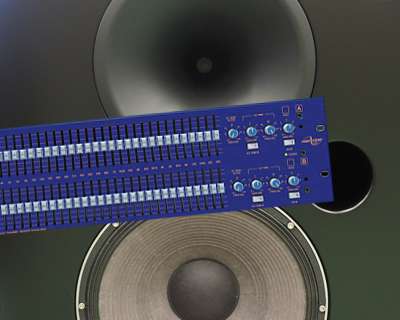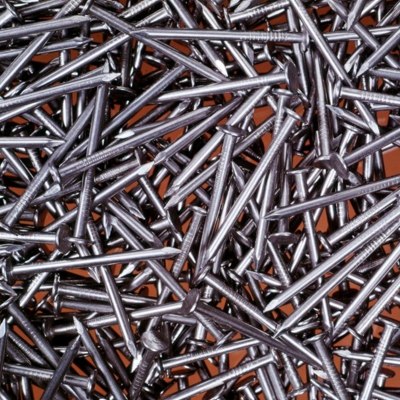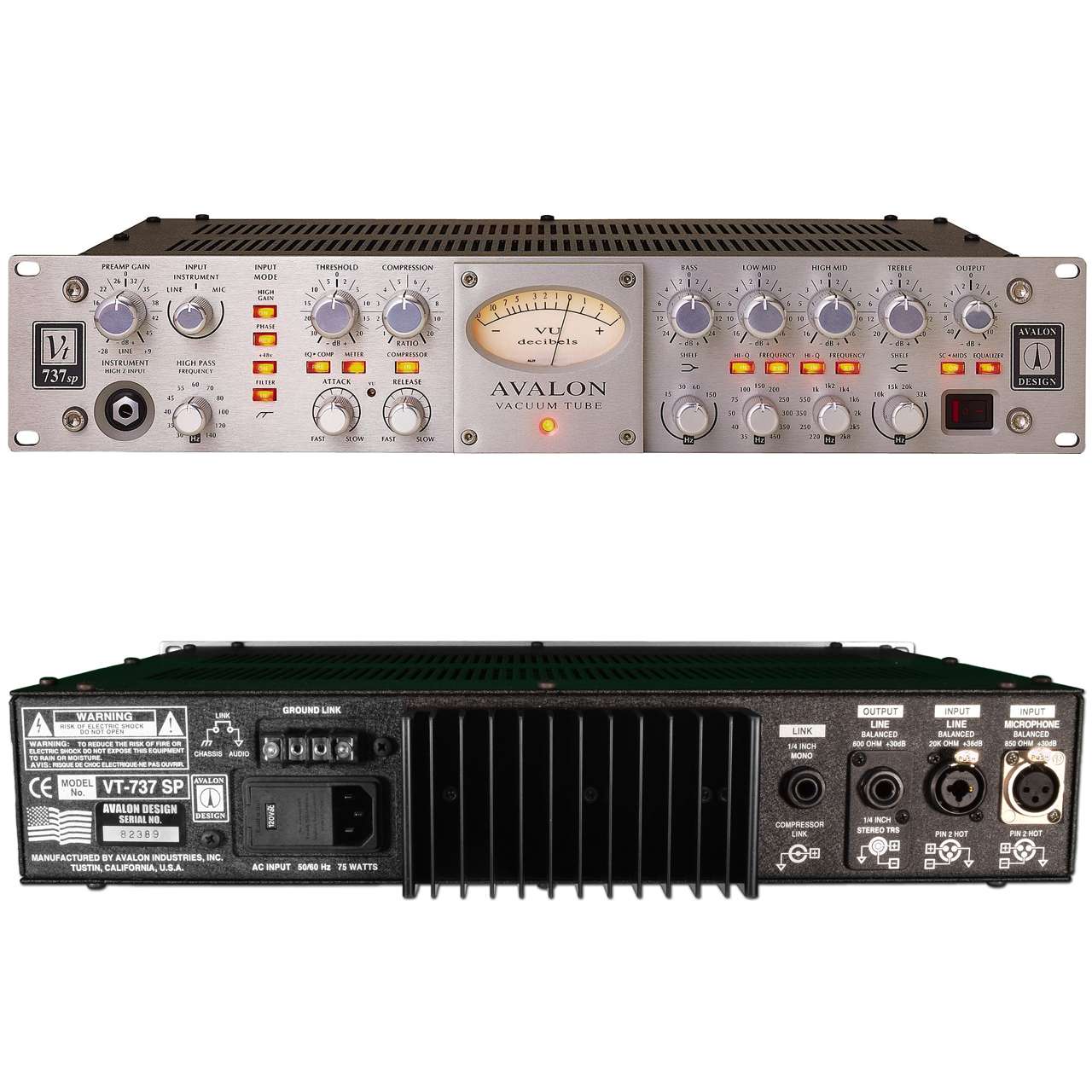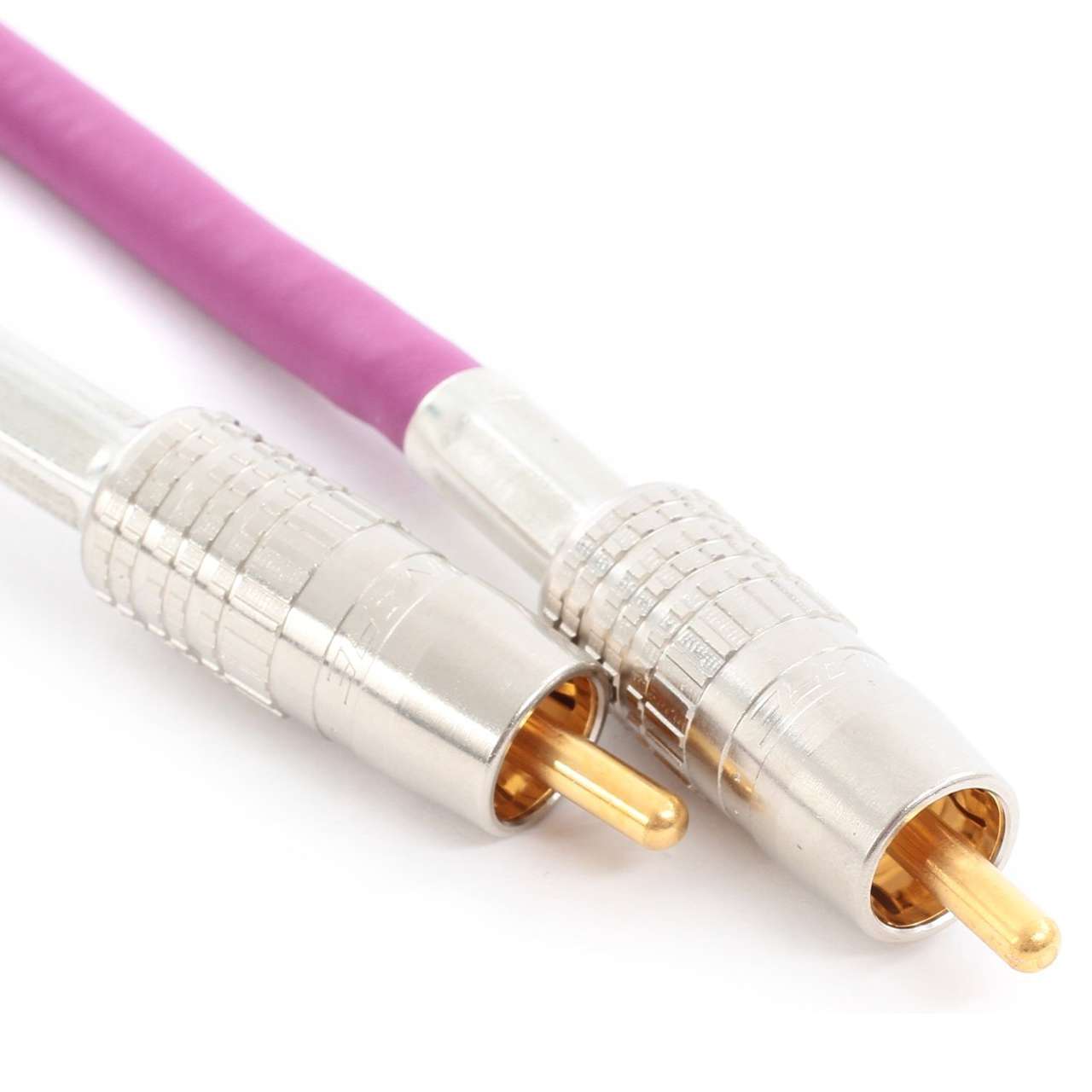EQualising Studio monitors to correct deficiencies in a room has always been a bad practice but, now that we know why, we no longer have an excuse for doing it.
The acoustics of a room cannot be corrected through the use of equalisers. This is true whether they are parametric or graphic, analogue or digital. Nor does it matter if they are part of a sophisticated crossover that, thanks to its advanced DSP, allows infinite adjustments, or dedicated programs which, through measurements at various points in the rooms, try to ‘correct’ the response to a supposed, ‘ideal’ response. EQualising studio monitors for this purpose simply CANNOT BE DONE.
For years, great progress has been made in the acoustic solutions for listening rooms and control rooms – which are not exactly the same – but there seem to be issues that continue to create debate, even when the answers should already be tattooed in our minds.
In a recent International Acoustic Summit, which took place at the Casa da Música, in Porto, several eminent acousticians and engineers were present, and fortunately, two concepts seem to have begun to establish solid roots in the heart of this industry:
a) In control-rooms, the low frequencies must be absorbed, and the use of diffusers is now often neither recommended nor practical. (we will come back to that soon)
b) The acoustic anomalies in a room – mainly in terms of its modal energy at low frequency and reflections – cannot be corrected by means of any equalisation applied to the loudspeakers.
We are not claiming that the frequency response of loudspeaker systems cannot be corrected. Of course, it can, but only if the deficiencies are in the loudspeakers themselves. However, despite the fact that we have been doing it for years with the best of intentions, such equalisation cannot correct the acoustics of a room. Nevertheless, this was done in many studios, trying to correct the deficiencies of the acoustics of the control rooms – often with unfortunate results- and it continues to be done, with equal doubtful success, in movie theatres around the world (although hopefully, some of those methods will soon change). Somewhat less controversially, it is one of the methods used to correct the frequency response of PA systems in halls or pavilions as it is common practice to make EQ corrections outdoors.
In addition, we continue doing it every time we need to obtain a flatter response, when we adjust a control DSP, in a new designed monitor system, thus contradicting the typical irregularities on the response of the drivers that are used in the system.
If we do it judiciously, with the appropriate acoustic analysis and correction tools, and experience, we can achieve satisfactory results, but in the wrong hands it can be as dangerous as a Sunday driver with a Formula 1 car in a city centre.
Let us try to analyse it: It is a perfectly healthy practice to use ‘shelving’ equalisation to correct the natural fall of the response of a ‘woofer’ that, otherwise, would respond 6 dB less in its lowest octave. It is equally valid to use such equalisation to compensate for the early ‘roll-off’ of a compression driver, or for any high frequency energy lost due to distance, provided that we take into account the headroom of all system components, including the amplifiers driving them.
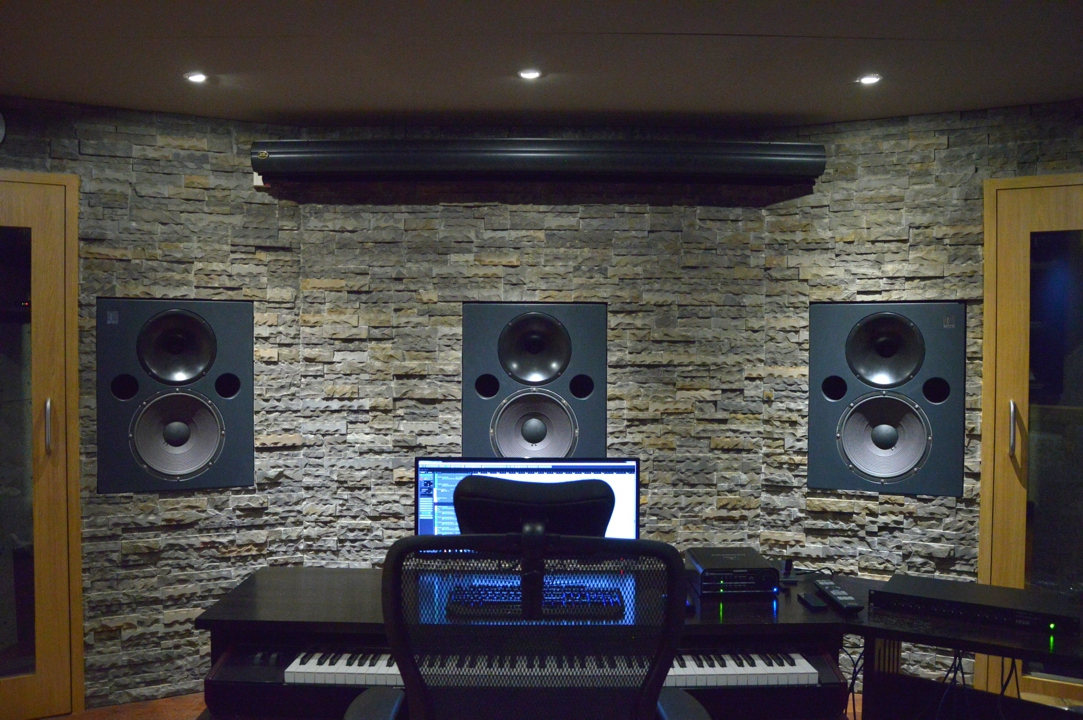
If we use a ‘shelving’ equaliser to attenuate the increase in amplitude at low frequencies which results from flush-mounting a speaker in the front wall of a control-room, we are not creating any electro-acoustic aberration. In effect, we are relaxing the effort of the speaker which, at those frequencies, will receive much less power due to the increased efficiency of the flush mounting. Consequently, we will have less electro-mechanical stress, less temperature in the coil, less thermal compression, and less distortion. That is quite a big bonus.
The above are three examples in which we have been able to equalise monitors beneficially, without any negative effects on their performance.
In PA systems
When we use equalisers to correct the response of PA systems, our commitment is to provide the audience with the most pleasant experience possible, whether it be listening comfort or increased excitement. In this way, it seems obvious that any adjustment applied, as long as the engineer takes into account the dynamic capacity of the system components, can be considered to be beneficial is it is generally deemed to sound ‘better’. Both the sound engineer and the audience will be hearing one and the same programme, so it is usually easy to accurately judge the results. In any case, the any adjustments made by means of equalisers will not have any other consequences beyond the couple of hours that the performance lasts. After that, it will only be a memory.
Likewise, equalising stage monitors is a transitory event. It will be done in a way that can help the musicians hear each other, without making life difficult for the PA engineer. Similarly, equalising ‘in-ear’ monitors, to optimise the response of the headphones and protect the ears of users, is normal and advisable.
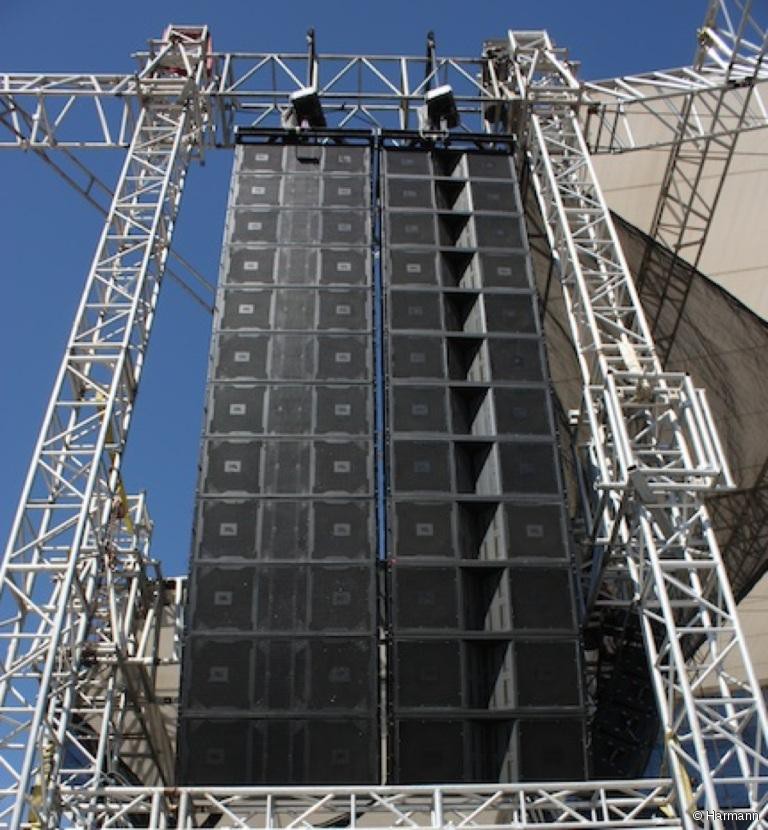
Listening rooms
If we transfer this practice to the listening rooms, the paradigm changes, and we must consider two types of listening rooms: rooms dedicated to hi-fi – listening to music for pleasure – and control-rooms, which have a more rather different function. In principle, in the first it may well be that ‘everything is acceptable’, since the final sound is down to the taste of the user, who may have invested a fortune in a sophisticated reproduction system (although not always very ‘technically’ precise), but in control-rooms is not that simple.
Bear in mind that, differently from a hi-fi room, in which finished programme is listened to, and the signal is not being manipulated, the first and most important use of a control-room is to monitor a recording process, and compare it to some common reference. This means that if the program recorded or being played does not reach the engineer’s ears in a known manner, it could result in the introduction of significant, unacceptable variables into the process. This is why control-rooms must be built – or treated – in order to guarantee the absence of room effects which could disturb the objectivity of the monitoring.
Most of these phenomena occur in the time domain, and cannot be corrected by increasing or decreasing the amount of energy reproduced by the speakers at certain frequencies. From the moment the signal leaves the loudspeakers, the problems lie in the spacial and temporal characteristics of acoustics of the room. So: if one of the dimensions of a room (3.4 m for example) defines a resonant mode around 50 Hz, there will be a proportional build-up of energy at as long as the loudspeakers reproduce a signal with that frequency, regardless of the amplitude. The response flatness in the room can only be restored if we greatly reduce that frequency in the direct response of the loudspeakers. However, if we do so, we will lead the engineer into error, who may tend to boost that frequency as a consequence of not hearing it in the direct response of the monitors, especially in any sounds of short duration, which would not fully excite the resonance. Likewise, in the octave above, we could find another mode at 100 Hz, and another at 200 Hz (all multiples of the 50 Hz resonance). In short, it is not a good idea, however narrow the Q factor, to try to attenuate all these frequencies in the direct sound, but people do do it
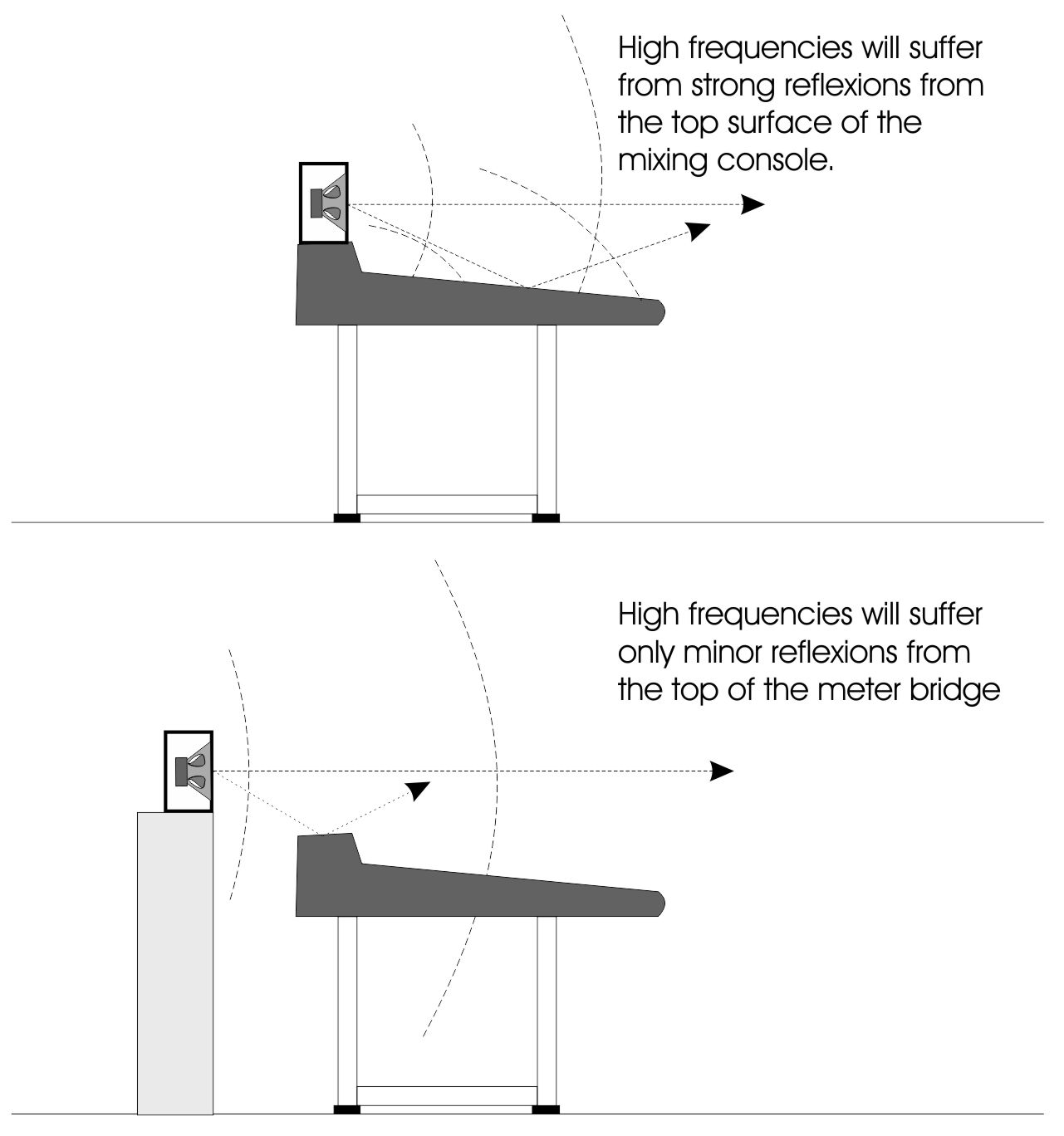
In Figure 3, it is very clear to see the effect that a console can have on the measured and perceived responses, which do not always coincide. Our auditory systems – the ears and the receiving brain – can differentiate characteristic that are indivisibly combined in the output from an omnidirectional microphone. The perception of the human ear is significantly more precise in relation to the sounds that arrive in the horizontal plane, compared to what arrives vertically. Human beings, on firm ground, never feared threats from predators that came from under their feet. Consequently, as there is no important sound from below in the audible range, it has not been necessary to develop much directional sensitivity in that plane, especially that there are also few predators from above, either. However, the omnidirectional microphone lumps all these sounds together, without separating the important from the unimportant ones.
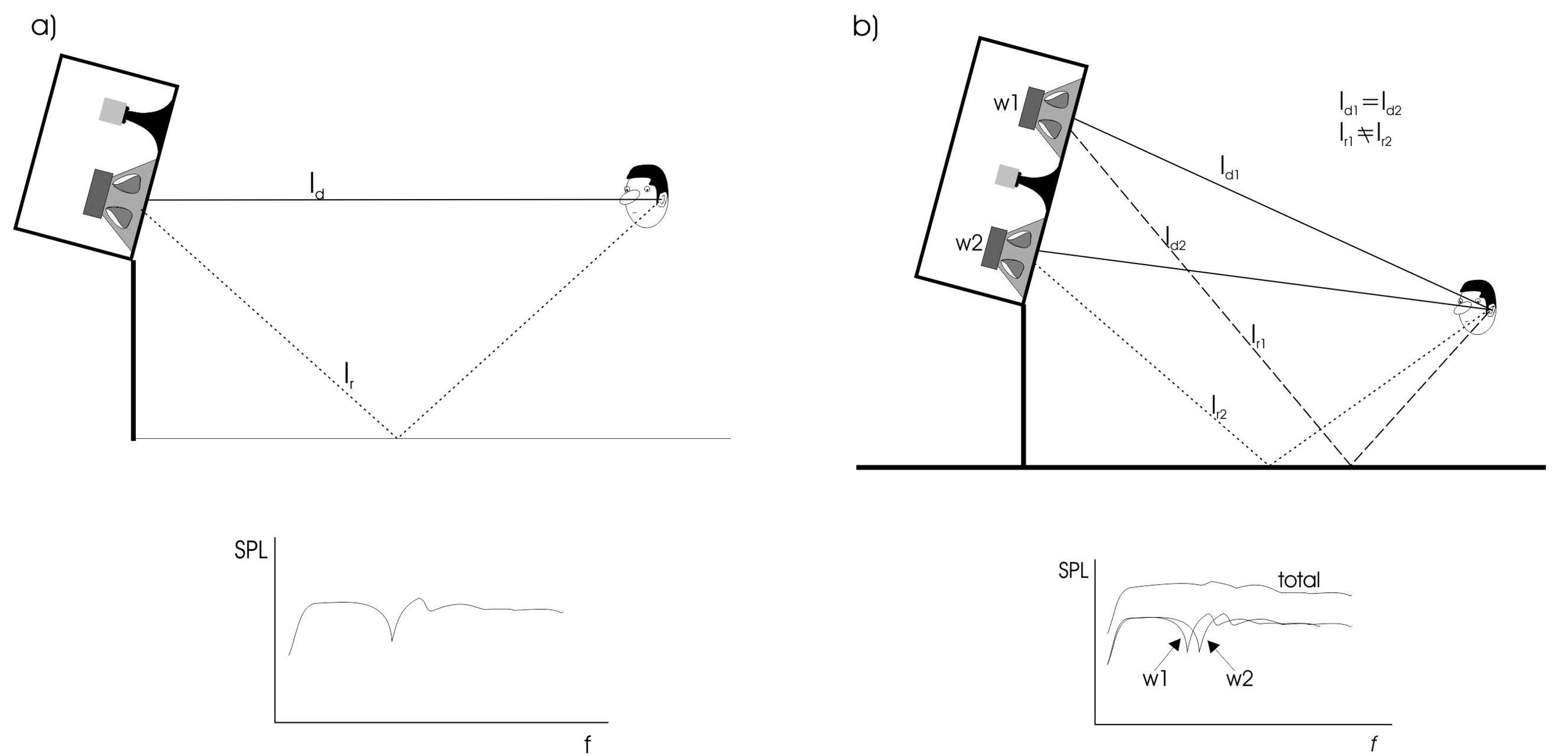 In figure 4, the response disturbance caused by a reflexion from the floor is shown. This problem, curiously, can be corrected with another disturbance, as when we have a monitor with D’Appolito layout.
In figure 4, the response disturbance caused by a reflexion from the floor is shown. This problem, curiously, can be corrected with another disturbance, as when we have a monitor with D’Appolito layout.
Therefore, a dip like the one shown in Figure 5 does not mean that the loudspeaker is not capable of reproducing that frequency, nor that we necessarily hear the effect. It is simply an acoustic phenomenon of cancellation from the presence of a floor, which is largely innocuous. Attempting to correct the problem with equalisation can only lead to results as seen in the graph of the same figure. The correction attempt with the help of a 1/3 octave graphic equalizer ends up having an even more destructive result, despite barely solving the initial problem.
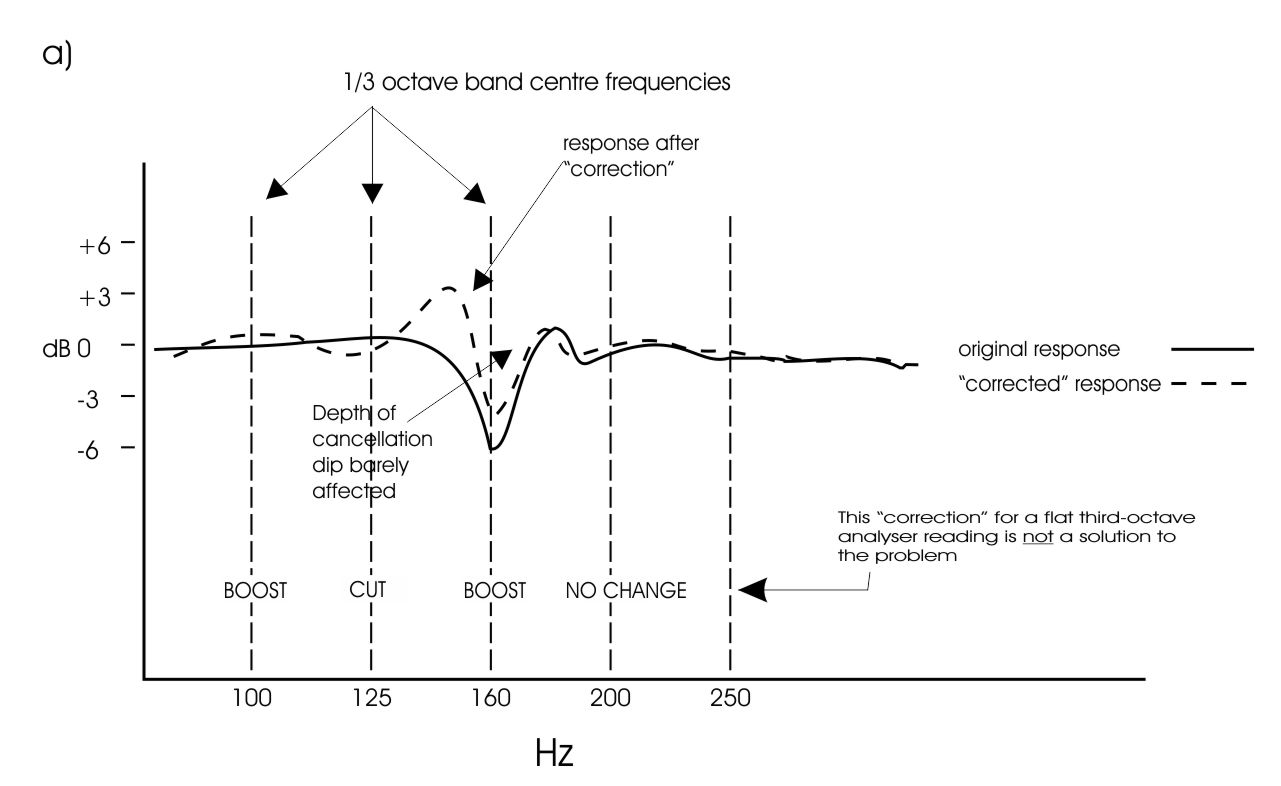 What is more, the presence of furniture on the sides and behind the operator can only increase the chaos. Many things can cause problems is a room, such as the careless positioning of equipment and furniture.
What is more, the presence of furniture on the sides and behind the operator can only increase the chaos. Many things can cause problems is a room, such as the careless positioning of equipment and furniture.
However, the people who design control rooms and listening rooms usually lose control of them the very moment they are delivered to the customers who, from that moment on, can do what they want, and commit any nonsense they wish.
When a measurement is made in a control-room, what is measured is the monitoring system and the room (with resonant modes and reflexions) and, consequently, the resulting interaction. That is why, when we want to measure the response of a loudspeaker, we do it in free field conditions, such as inside an anechoic room or outdoors. Any correction will aim to attain a frequency response as flat as possible for the axial sound – by itself is not the only goal – and, most importantly, a transient response capable of reproducing the original sounds as faithfully and rapidly as possible.
To achieve this, the monitor system must use amplifiers with fast transient responses, wide frequency response, very low distortion, and adequate headroom, to supply adequate peak power for the transient surges. Of course, the loudspeakers, themselves, also need to be capable of similar responses. This led us to choose very high-quality components, consistent within their manufacturing methods, to be able to predict, as far as possible, their behaviour.
At the same time, for a control-room to perform to its best – and in this we seem to have been more or less in agreement for some time – the energy decay time, once above the lower bass, say 60 Hz, must be close to, or below, 250 ms. The recommendation of average ‘reverberation’ (decay) times of 0.4 s is still valid in the hi-fi community, but has little or no relation to the demands of a professional listening room (control-room). In fact, the latest research carried out by Dr. Bruno Fazenda’s team at the University of Salford, indicates that below the threshold of 200 ms, modal energy is no longer relevant in our perception. We simply don’t detect it.
It is true that there are methods of active acoustic correction, such as the AVAA active bass traps from PSI, in Switzerland, which have developed very effective solutions for absorbing standing waves in small spaces, but they are not universally applicable and do little to control reflexions over wide areas of wall surfaces. Nevertheless, they can be practical solutions in many circumstances. (*)
In effect, a recording studio is a laboratory, where critical listening is carried out, and where producers and sound engineers create their artistic work, but in order to make it possible, the room has to be built or treated to strict parameters. Subsequent corrections can be difficult or impossible and, of course, cannot be carried out through electronic equalisation.
(*)They are based on a principle of transforming pressure into particle velocity, similarly to what happens inside the wide absorbers used in the Non-Environment rooms, except they work in a much more limited range.

